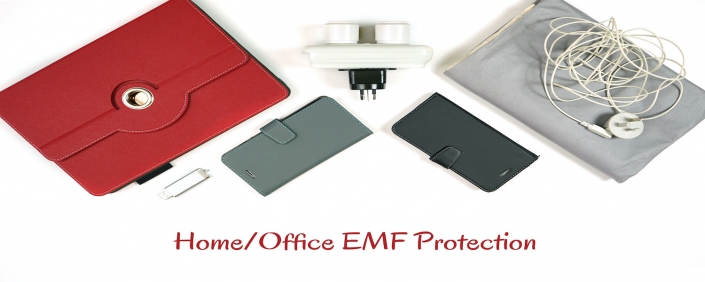Whether you live in a house or apartment or simply would like to keep your home free of electromagnetic fields, there are a number of methods to reduce exposure. One of the most straightforward is to restrict the use of electronic devices. It is also possible to use EMF block paint to prevent EMF radiation from entering your house. Another easy way to protect your home from EMF radiations is to put up an RF shielding cover. It's a kind made of net which contains EMF shielding. It's used to prevent EMFs from entering a space. Another option is to have your home equipped with a conductive enclosure. These enclosures are known as Faraday cages.
A number of studies have proven how the EMF that is not ionized produces anti-proliferative effects on HCC cells. The mechanism that drives AM RF EMF's anticancer activity in vitro is thought to be based on the downregulation of cancer stem cells. This may account for the long-term response seen in patients with advanced HCC. But, the reason for AM EMF's impact on patients with cancer is not yet clear.

The effects of AM electromagnetic fields (RFEM) on HCC tumor growth in vivo was studied in mice. The tumors were separated in three different groups. The first group was not exposed RF EMF. The second group was exposed to RF EMF at a frequency that is similar to that used in humans. In the third, they were subjected to the RF EMF in HCC-specific frequencies. The impact of HCCMF on the tumours was assessed against the effect of RCF. The results revealed that tumors treated by HCCMF had significant shrinkage. However, tumours treated with RCF didn't show evidence of shrinkage in the tumour.
The mechanism of tumor-specific AM RF EMF could be based on the fact that tumour cells require Cav3*2 type voltage calcium channels to promote proliferation and down-regulation. AM RF EMF's antiproliferative effects upon HCC cells is caused by CACNA1H, a protein that is responsible for the influx of Ca2+ specific to tumours. The results suggest that CACNA1H could have wider implications for treatment and diagnosis of various cancers.
The tumours of the control group were not exposed to EMF from RF, and fed a normal mouse diet. The tumours in those in the HCCMF group were injected with Huh7 cells at the time they were five-seven weeks old. The tumours were then euthanized after they had a high burden.
The tumors of the three groups showed different growth curves. The tumours treated with HCCMF had a significant reduction in tumour size after eight weeks. However, the tumours treated with RCF didn't show reduction in size. The difference was significant. The tumors treated with RCF had necrosis that is common in tumours that are exposed to RCF. The possibility is that this necrosis is caused by the lack of oxygen in the more invasive cancers.

In sum, the results show an AM-RF EMF exhibits anti-cancer properties in vitro as well as in vivo. A number of studies have proven that AM RF EMF produces measurable tumour shrinkage in HCC patients. emf t-shirt is that the AM EMF triggers these effects because of CACNA1H, a protein that is involved in the tissue-specific Ca2+ influx. Furthermore, AM RF EMF may cause a lasting effect on the development of HCC tumors in the vivo.
